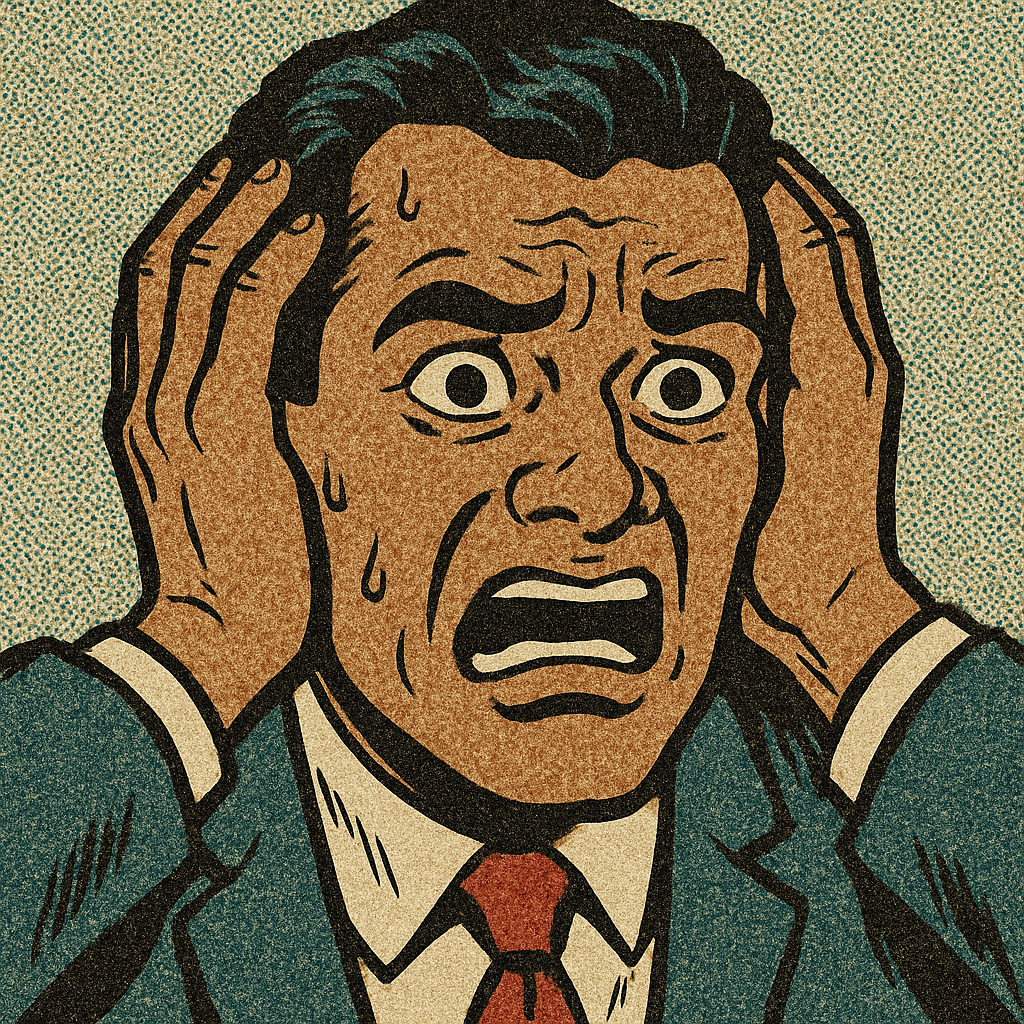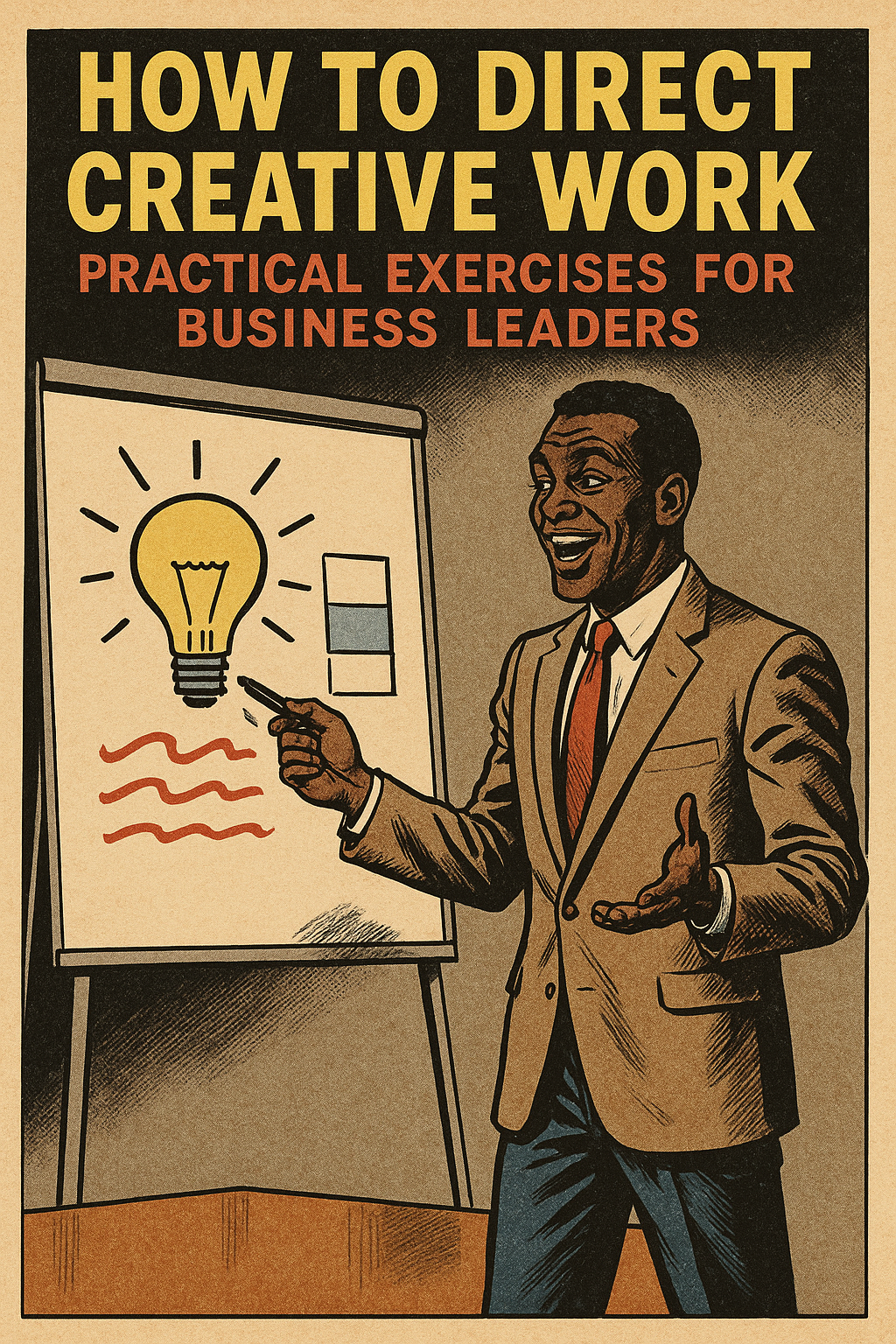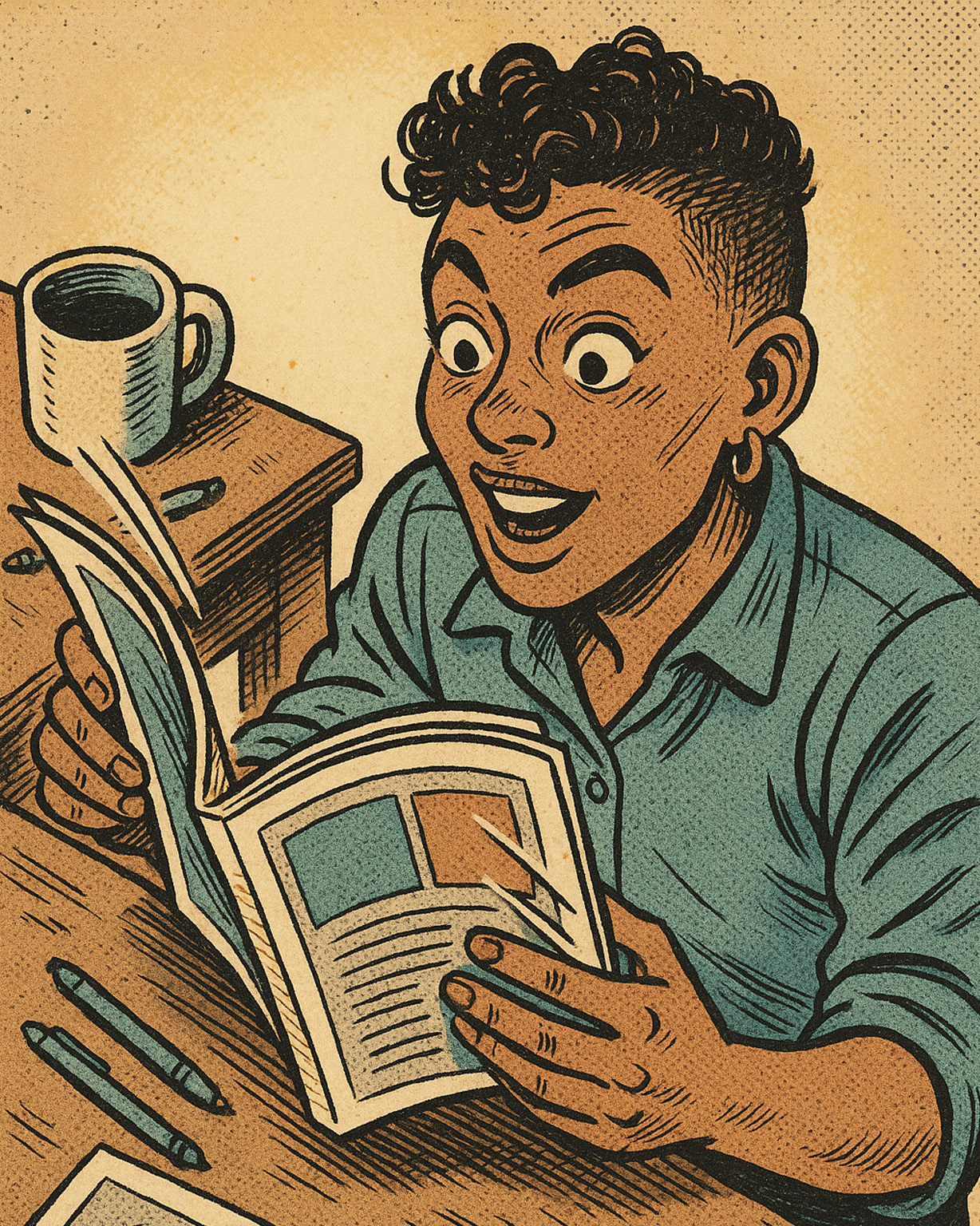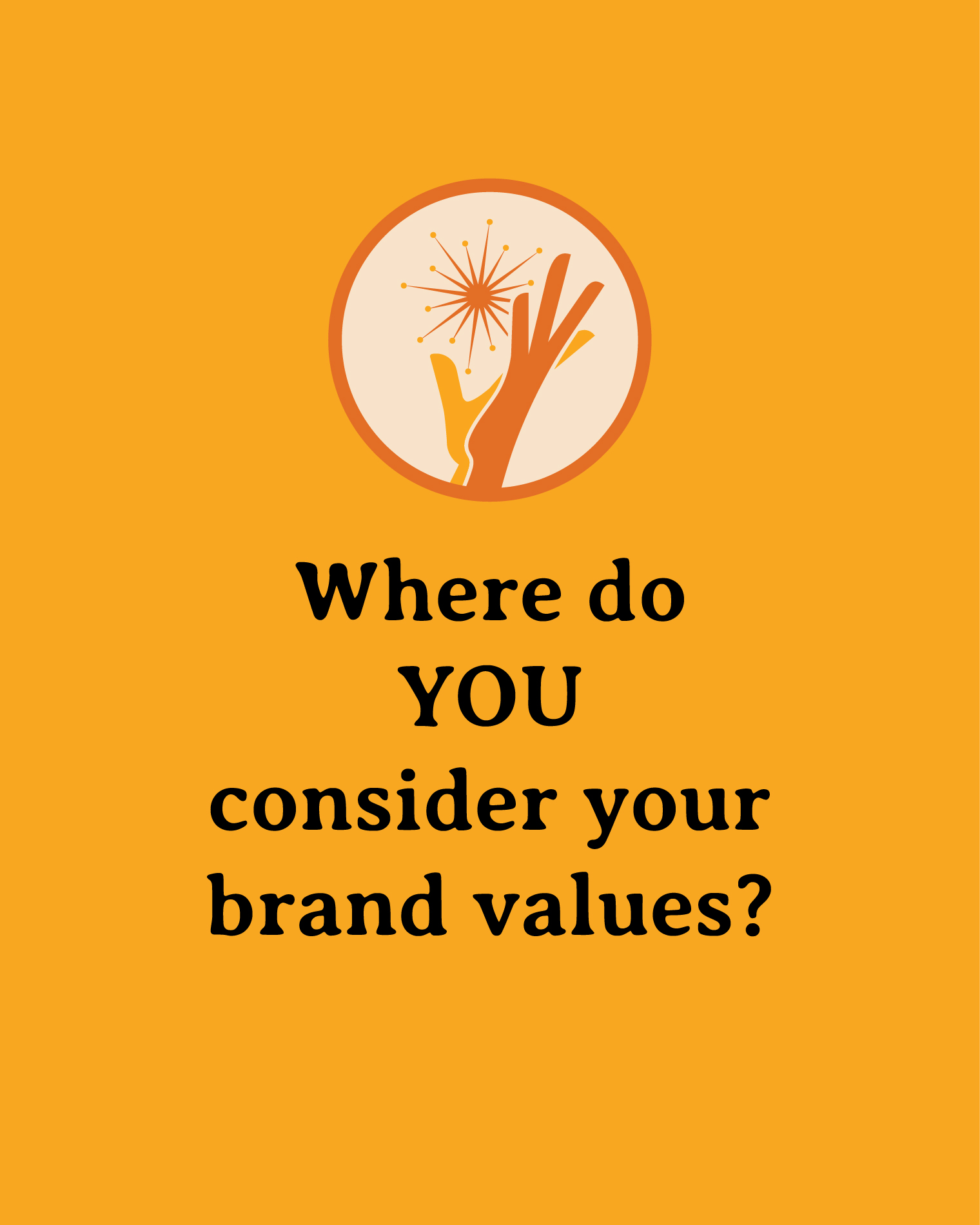A designer’s portfolio is more than a collection of work—it’s a window into how they think, solve problems, and communicate visually. Employers hiring a graphic designer should look beyond aesthetics and focus on indicators of skill, adaptability, and professionalism. Here’s what to assess when reviewing a portfolio.
Strong design isn’t just about making things look good; it’s about making them work. Look for:
- Projects that demonstrate a clear understanding of the client’s goals.
- Case studies or project breakdowns explaining the designer’s thought process.
- Solutions that go beyond surface-level aesthetics to address real challenges.
A strong portfolio balances cohesion with range. Watch for:
- A clear personal style or a well-developed approach to visual storytelling.
- The ability to adapt to different industries, audiences, and brand guidelines.
- Consistent quality across multiple mediums—print, digital, branding, etc.
Precision matters. Assess:
- Clean typography, spacing, and alignment.
- Thoughtful color choices and hierarchy.
- Refinement in execution, showing they don’t settle for “good enough.”
Typography is one of the best indicators of a designer’s expertise. Look for:
- Strong type pairings that enhance readability and mood.
- Understanding of kerning, leading, and layout hierarchy.
- Custom type treatments or lettering that show advanced skill.
If you need a designer for brand work, they should demonstrate:
- Experience creating or maintaining a cohesive brand identity.
- Logo designs that work in multiple contexts.
- Consistency across branded materials, from business cards to social media graphics.
Even if they’re not a full-time UX/UI designer, a good graphic designer should understand digital usability. Look for:
- Designs that consider user experience—clear navigation, logical layouts, and accessibility.
- Web or app mockups that demonstrate responsiveness and scalability.
- A grasp of modern digital trends without blindly following them.
How a portfolio is assembled says a lot about a designer’s professionalism. Pay attention to:
- A well-structured layout that’s easy to navigate.
- Thoughtful descriptions of projects, offering insight without over-explaining.
- A balance of personal projects and client work, demonstrating initiative and passion.
Great design doesn’t live in a vacuum. Look for:
- Work that has been implemented in real-world settings—packaging in stores, websites live online, marketing campaigns in use.
- Before-and-after comparisons that show improvement and strategic thinking.
- Testimonials or feedback from clients that reinforce the designer’s impact.
Trends come and go, but originality stands out. Consider:
- Unique concepts that push boundaries while remaining functional.
- Work that reflects the designer’s individual perspective, not just popular design trends.
- Projects that show an ability to innovate rather than imitate.
A portfolio should reflect a designer’s evolution and commitment to their craft. Look for:
- A portfolio that is updated regularly, indicating ongoing development.
- Evidence of continuous learning—personal projects, experimental work, or skill expansion.
- A professional presentation that suggests they take their work seriously.
Hiring a graphic designer isn’t just about finding someone with technical skills. It’s about finding someone who thinks critically, communicates effectively, and understands how design serves a purpose. A well-curated portfolio reveals all of this—if you know where to look.






